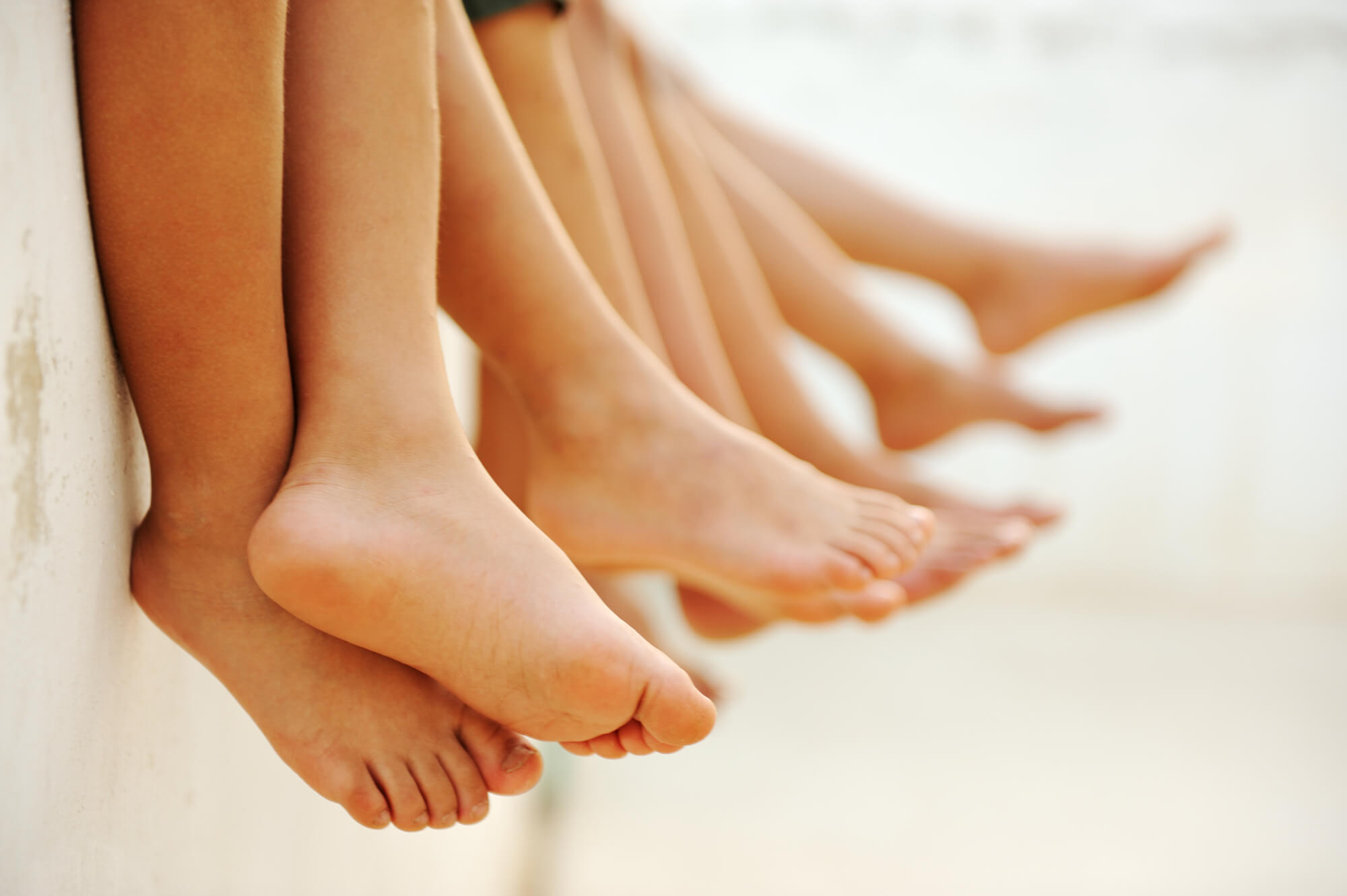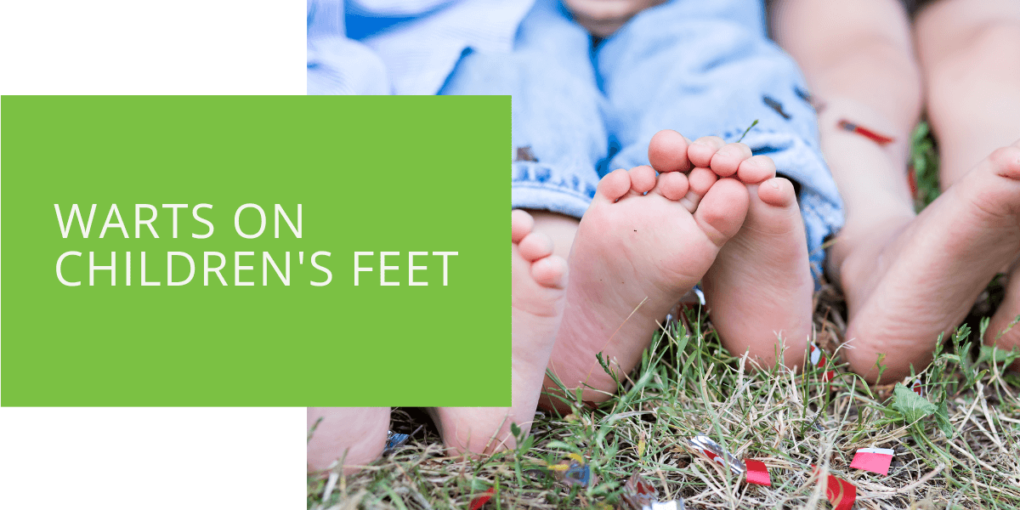Understanding Warts on Children’s Feet
Warts are a common skin condition caused by the human papillomavirus (HPV). When warts appear on the bottom of the foot, they are called plantar warts. While warts are generally harmless and may go away on their own, they can be painful and uncomfortable, particularly when they develop on the sole of the foot or around the ankle. In this article, we will discuss what parents need to know about warts in children, including how to identify and treat them and when to seek professional help.
What Are Warts on Children's Feet?
Warts are growths on the skin that can appear anywhere on the body, including the feet. The human papillomavirus (HPV) causes plantar warts and can be spread through direct contact with an infected person or surface. When warts appear on the bottom of the foot, they are called plantar warts. Plantar warts are typically small, round, and flat, with a rough surface and tiny black dots. They can also grow into deep tissue and cause pain, particularly when applying pressure.
Signs and Symptoms of Warts on Children's Feet
Plantar warts can be painful and uncomfortable, particularly when they appear on the sole of the foot or around the ankle. Some of the most common signs and symptoms of warts on children's feet include:
- Small, rough growths on the sole of the foot or around the toes
- Pain or discomfort when standing, walking, or running
- A callus or thickening of the skin over the wart
- Tiny black dots in the center of the wart
Plantar warts can sometimes be confused with calluses or corns, also caused by pressure on the feet. However, calluses and corns are typically flat and do not have the rough surface or black dots characteristic of warts.

Treatment for Warts on Children's Feet
Plantar warts may go away on their own over time, but treatment is often recommended to relieve pain and prevent it from spreading to other body parts. There are several over-the-counter and professional treatment options available for warts on children's feet, including:
Salicylic Acid
Salicylic acid is a common over-the-counter medication used to treat warts. It breaks down the dead skin cells that make up the wart, allowing it to peel away over time. Salicylic acid is typically available as a liquid, gel, or patch and can be applied directly to the wart.
Duct Tape
Some people swear by the duct tape method for removing warts. To use this method, cover the wart with a piece of duct tape and leave it on for several days. After removing the duct tape, use an emery board or pumice stone to remove any dead skin gently. Repeat the process until the wart is gone.
Freezing
Cryotherapy, or freezing, is a common treatment option for warts. This involves applying liquid nitrogen to the wart, freeing and destroying the cells. The wart will gradually fall off over the course of a few days to a week.
Cantharidin
Cantharidin is a medication that is applied to the wart by a healthcare professional. It causes a blister to form under the wart, which lifts it off the skin. The wart will typically fall off within a week.
Laser Treatment
In some cases, laser treatment may be recommended to remove warts. This involves using a laser to burn the wart and destroy the cells. Laser treatment is typically reserved for cases where other treatment options have failed.

When to See a Podiatrist
While many plantar warts can be treated at home, it's important to know when to seek professional help from a podiatrist. You should see a podiatrist if:
- The wart is painful, bleeding, or spreading rapidly
- You have a compromised immune system or a chronic medical condition, such as diabetes
- The wart is causing difficulty walking or performing daily activities
- Over-the-counter treatments have been ineffective
A podiatrist can provide a proper diagnosis and recommend an appropriate treatment plan. In some cases, a podiatrist may prescribe stronger medication or recommend surgery to remove the wart.
How to Prevent the Spread of Plantar Warts in Children
Warts are highly contagious and can be easily spread through direct contact with an infected person or surface. To prevent the spread of warts:
- Wear shoes in public showers or locker rooms
- Keep feet clean and dry
- Avoid sharing towels, socks, or shoes with others
- Don't scratch or pick at warts
- Cover warts with a bandage or duct tape to prevent them from spreading
By taking these steps, you can help prevent the spread of warts and reduce your child's risk of developing them.
Conclusion
Warts on children's feet can be painful and uncomfortable, but they can be effectively treated with various over-the-counter and professional treatment options. If your child is experiencing foot warts, it's important to seek professional help from a podiatrist to ensure proper diagnosis and treatment. By preventing warts from spreading, you can help protect your child's foot health and ensure they can stay active and healthy.

